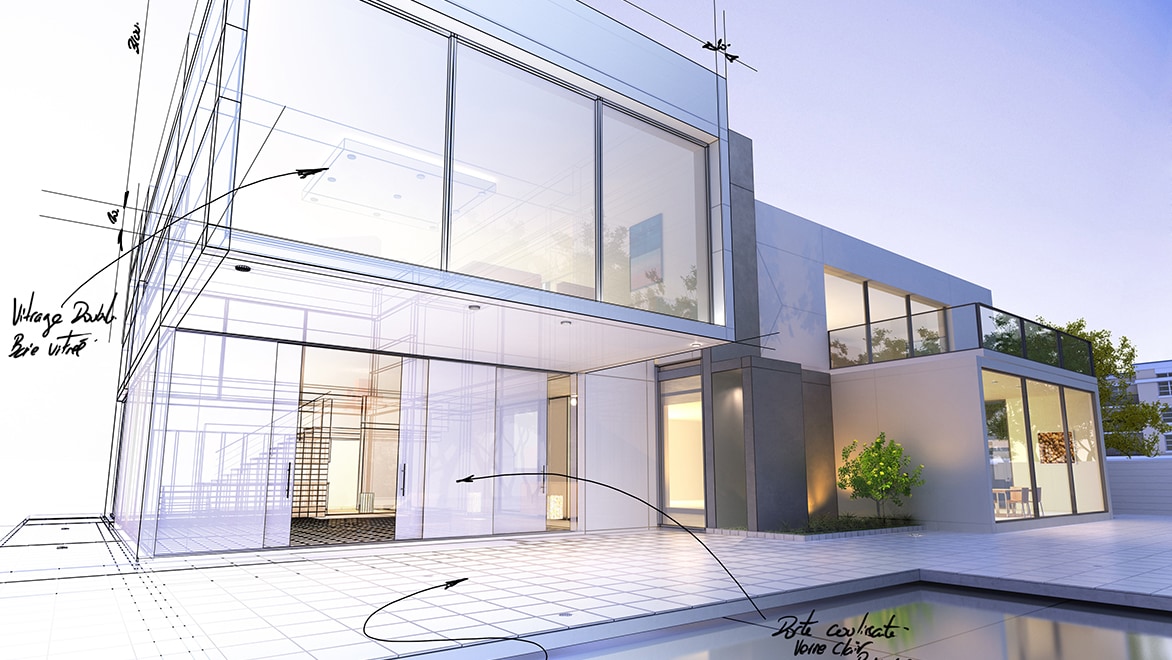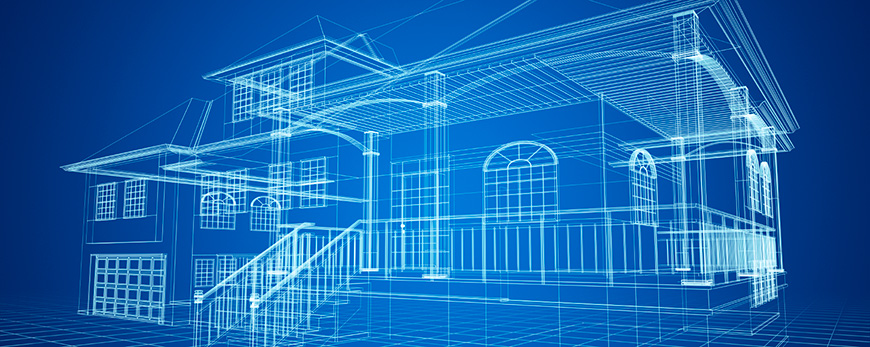Transforming Areas: The Vision of CDA Architects for Modern Living
Transforming Areas: The Vision of CDA Architects for Modern Living
Blog Article
Comprehending the Collaborative Refine In Between Architects and Designers in Modern Building And Construction Projects
The collective process in between engineers and engineers is necessary in modern construction tasks, as it balances layout intent with design expediency. This collaboration not only affects the visual and practical elements of a project but additionally plays a crucial function in addressing sustainability difficulties. By utilizing reliable interaction methods and leveraging advanced technologies, such as Structure Info Modeling (BIM), teams can work extra cohesively. Nevertheless, the ins and outs of this collaboration often existing unique obstacles that can hinder development. Discovering these dynamics exposes understandings that could substantially impact task results and overall sector requirements. cda architects.
The Significance of Collaboration
The collaborative synergy between engineers and engineers is vital for the effective understanding of any building job. This collaboration unites unique expertise and viewpoints, allowing the assimilation of innovative layout with sensible design options. By interacting, architects and engineers can make certain that a job not only fulfills aesthetic and functional demands however likewise sticks to safety, sustainability, and monetary restrictions.
Cooperation fosters a common vision, helping with the placement of objectives and expectations from the outset. This positioning is important in addressing potential challenges and mitigating dangers that might occur throughout the job lifecycle. In addition, a joint technique allows for the reliable allowance of resources, maximizing both time and cost.
The importance of cooperation includes the iterative procedure of design and building and construction, where responses from designers can educate architectural decisions, bring about even more possible and lasting styles. On the other hand, engineers can motivate designers to assume artistically about how to attain structural integrity without jeopardizing imaginative intent. Eventually, the joint partnership in between designers and engineers is not merely advantageous; it is basic to the production of high-grade, useful, and innovative developed settings that meet the requirements of culture.
Communication Methods and Tools
Effective communication strategies and devices are important for cultivating cooperation between designers and designers throughout the job lifecycle. Developing clear channels of interaction is important to ensure that all employee are straightened with task purposes, timelines, and duties. Regular conferences, both in-person and digital, provide possibilities for stakeholders to talk about development, address issues, and make educated decisions.

In addition, embracing joint communication devices, such as Slack or Microsoft Teams, permits instantaneous messaging, documents sharing, and recurring conversations, promoting a much more active feedback to arising issues. File monitoring systems likewise play a crucial duty in arranging task documentation, ensuring that all employee have accessibility to the current details.
Shared Objectives and Job Vision
An unified job vision functions as the structure for successful cooperation in between engineers and designers (cda architects). This common vision not just aligns the initiatives of both parties but additionally develops a typical structure for decision-making throughout the project's lifecycle. By articulating clear goals, stakeholders can successfully browse the complexities of modern-day construction tasks, making certain that both aesthetic and practical demands are fulfilled
Establishing common goals includes open discussion and a comprehensive understanding of each technique's payments. Designers normally concentrate on layout intent, spatial partnerships, and go to this site individual experience, while engineers emphasize structural stability, systems capability, and compliance with laws. When these viewpoints are aligned, the result is a natural task that sticks to both innovative aspirations and technical usefulness.
In addition, a well-defined project vision cultivates liability amongst group participants, motivating each participant to take ownership of their function in achieving the preferred end result. Regular check-ins and joint workshops can further reinforce this dedication, permitting for adjustments to be made as the task develops. Inevitably, a common vision not only enhances team effort however likewise raises the high quality of the last deliverable, bring about effective job conclusion.
The Duty of Technology
Leveraging innovation has become necessary in enhancing cooperation between designers and engineers. Building Details Modeling (BIM) stands out as a critical technology, allowing both architects and designers to create comprehensive 3D designs that envelop style intent and structural stability.
Moreover, cloud-based systems allow seamless collaboration, allowing project stakeholders to access and upgrade job data from anywhere. This cultivates a culture of transparency and liability, as changes can be tracked and examined in real-time. In addition, mobile applications further enhance communication, providing on-site groups with immediate access to task requirements and updates.
Emerging innovations such as artificial knowledge and equipment understanding are also starting to contribute in predictive analysis, helping teams identify potential concerns before they occur. Eventually, the role of innovation in architecture-engineering cooperation not only enhances operations effectiveness yet also improves advancement, leading to more effective project end results. By welcoming these technological innovations, designers and engineers can make certain an extra cohesive and efficient joint process throughout the building and construction lifecycle.
Study in Effective Collaborations
Countless study show the profound impact of efficient partnerships in between engineers and designers on task outcomes. One significant instance is the cooperation on the High Line in New York City, where landscape architects, engineers, and city organizers collaborated to change an abandoned railway right into a lively public park. This multidisciplinary technique not just enhanced the visual high quality however also made sure architectural safety and environmental sustainability.

The Burj Khalifa in Dubai additionally demonstrates the significance of collective initiatives - cda architects. The combination of style and design competence enabled the job team to accomplish unmatched elevations while sticking to safety and security regulations and aesthetic vision
These instances underscore the importance of interaction, trust fund, and shared goals. In today's intricate building setting, such partnerships are necessary to browsing difficulties and delivering projects that meet both practical and visionary goals.
Conclusion
To conclude, the collaboration between architects and designers is important for the success of contemporary construction jobs. Efficient communication strategies, a shared job vision, and the integration of innovative technologies are important components that facilitate this partnership. By cultivating this content a culture of liability and leveraging tools such as Building Info Modeling (BIM), teams can browse task complexities, making sure that aesthetic, useful, and sustainability objectives are accomplished. Eventually, this harmony causes ingenious and effective task results.
Report this page